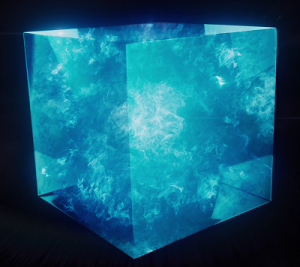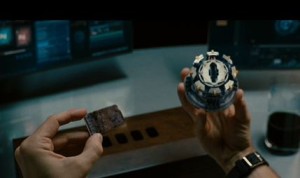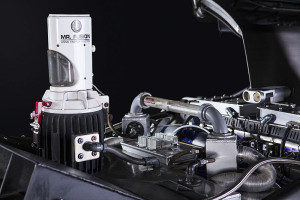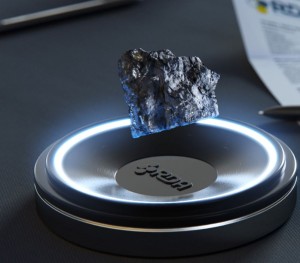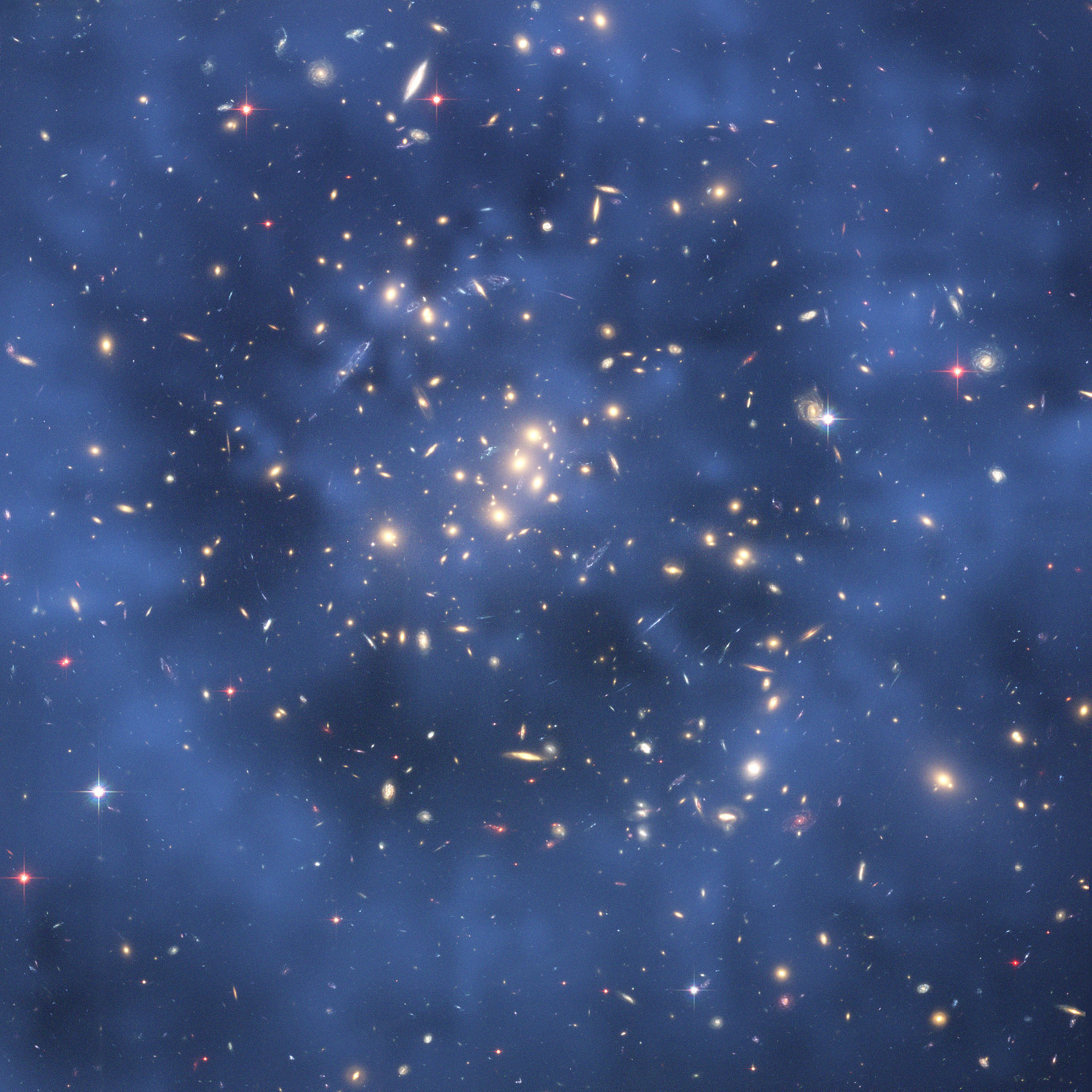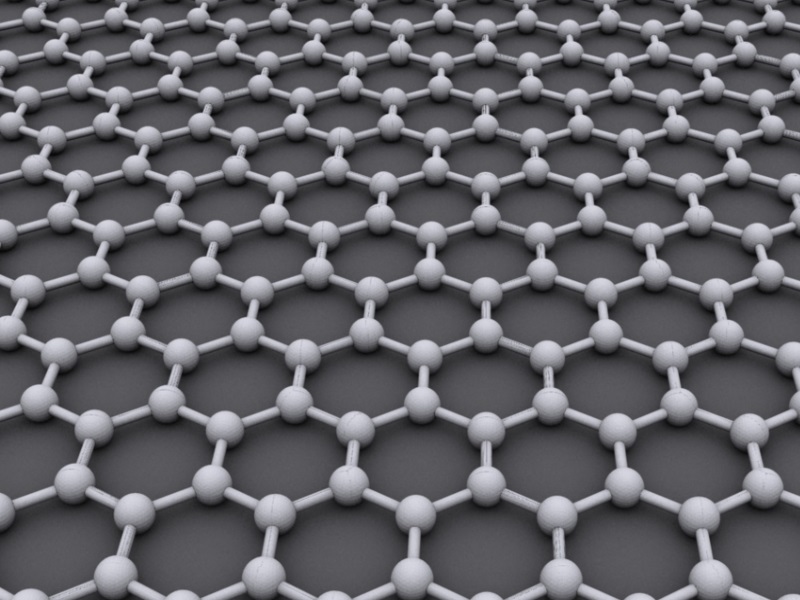Contents
Over the years, several types of energy sources have appeared in science-fiction movies. They range from the very odd to the very clever. While scientifically absurd and unexplainable innovations have been conveniently used, there are some energy sources that are a product of ingenuity and have even inspired scientists.
In many cases the energy sources in the Sci-fi movies have one common feature, they provide astronomical amount of energy and reside in a vessel that is small enough to be handled. Sometimes the energy sources are shown in the form of crystalline minerals while others feature futuristic machinery or outer space gadgets.
In fact many movie plots feature the chief antagonist trying to access and gain control over an energy source as the protagonist tries to stop him/her.
Listed below are some of the most amusing energy sources in the movies:
Captain America-Tesseract
Selvig: What is this? (Looking at the Tesseract)
Nick Fury: “Unlimited Power”
The Tesseract or the cosmic cube has appeared in the Marvel Universe and has been referred to by other names (the Hypercube and one of the infinity stones). It first surfaced as an energy source in Captain America, the first Avenger.
In the on-going film series of Marvel Avengers that will culminate in Infinity war movie, the Tesseract is bound to feature in the future flicks. The name tesseract has been taken from the field of geometry in which it represents the four-dimensional analog of the cube.
It has been scientifically estimated that Wormholes, (as shown in Interstellar) would require tremendous amount of energy to sustain their presence else they would disappear. One way of achieving this high amount of energy is through the combination of matter and anti-matter. In the Avengers Assemble, the antagonist Loki uses the Tesseract to open up a wormhole, thus showing the tremendous power it holds.
The Tesseract in many ways it is similar to Allspark from the Transformer Universe.
Iron Man – Arc Reactor
Obadiah: “Tony Stark was able to make it in a cave! With a box of scraps!”
Scientist: “Well, I am not Tony Stark”
The arc reactor is a prominent energy source seen in the Iron Man franchise. It is what gives the envied exoskeleton armour its power. The attractive feature of arc reactor is the fact that it looks scientifically attainable. In the movie, Tony Stark is able to build a miniature version of the reactor that is the size of a coffee mug, inside a cave. It is shown to use Palladium, which in real life is not proven to be toxic or carcinogenic. However, in Iron Man 2 it is what poison’s Stark.
The Arc reactor is shown to provide clean energy with zero emissions. A larger version of the Arc reactor powers up Stark Industries and complex. It is thought to be inspired from Tesla Coil, conceived by Nikola Tesla.
The Saint –Cold Fusion
Tretiak : “The balance of power is about to shift!”
Cold fusion is the technology that today has a hypothetical status but unlike other sources shown in the movies that are entirely fictitious, this technology has been actually pursued by many scientists as well as enthusiasts. However, the hope in the realization of this technology has faded overtime after a large number of unsuccessful efforts. It is a technology that if achieved, has extreme potential and numerous applications.
In the 1997 espionage thriller The Saint, the character played by Elizabeth Shue (the American electrochemist Emma Russell) is shown to have found a formula to achieve it. Cold fusion has been the subject of two other movies by the same name, with one featuring Keanu Reeves.
Back to the Future- Mr. Fusion
In the movie Back to the future, the time machine’s ( Delorean DMC-12) drive train was shown to work on hydro-carbon energy to take it into the past and high potential electric energy to bring it back to the present. The “Flux capacitor” that made time travel possible on the other hand was powered up by Plutonium. In real life, Plutonium shielding alone would require large quantities of lead, which would add a few tonnes to the car.
In the second part of the trilogy, when the characters are heading into the future, the time machine is shown to be powered up by a device that can use both organic and inorganic material as a resource. The device called Mr. Fusion (also known as the fusion generator) is a product from the future. It alone is able to generate the 1.21 Gigawatts required to travel through space –time continuum. Furthermore it also provides the vehicle’s hovering power. As the name suggests the device may have been using cold fusion to generate the tremendous energy.
The closest device in the real life that would be able to generate usable energy from trash is an incinerator. Incinerators similar in size to fusion generator depicted in the movie have been developed but require mainly dry organic waste.
Matrix-Human Batteries
Perhaps the most eerie concept of energy source comes from the movie Matrix. Human thermal energy has been shown to be harnessed and used by the machines. The human body functions properly when it is maintained at 34 °C. To maintain this temperature, which can be at times above the ambient temperature, the cells in the body have to break down, triggering exothermic reactions at microscopic levels. Heat is released and excessive heat is dispensed out of the body through the skin thus maintaining equilibrium. Although the concept of using this excessive heat source is thermodynamically very inefficient, but is a possibility.
The human body can be looked at as an energy converter rather than an energy generator. It simply convert’s chemical energy (food) into either mechanical or thermal energy.
The higher the level of activity, the more the energy released by the body as depicted in the table below:
| Activity | Watts |
| Reclining/Sleeping | 83 |
| Seated Relaxed | 104 |
| Standing at rest | 126 |
| Bicycling | 418 |
| Basketball | 729 |
| Sprinting | 990 |
Avatar – Unobtainium
In James Cameron’s 2009 movie Avatar, Unobtainium is the powerful mineral that has anti-gravity properties which is being mined at Pandora. This mineral is described as the key to the survival of human space exploration program. The use of such powerful material with anti-gravitational properties is not new in science-fiction. It was first used by H.G. Wells in his novel published in 1901, First Men in the Moon by the name of Cavorite.
Laputa (Castle in the Sky), which was a popular animated film released by Studio Ghibli, features “Volucite” crystal (‘Aetherium’ in the American version). It was this crystal that gave the ability to the flying city Laputa to counter gravity.
Similar mineral materials have also been a feature of other comics and sci-fi movies. Most commonly known is Kryptonite that has the energy to weaken Superman’s own immense powers. Another worth mentioning is Dilithium crystal from the Star Trek universe that enabled warp speed that was faster than light.
It is interesting to note that all these forms of energy sources are green, because they are not shown to release any Carbon-di-oxide even though almost all of them were conceived in an era, when coal power use was at its peak.
References

